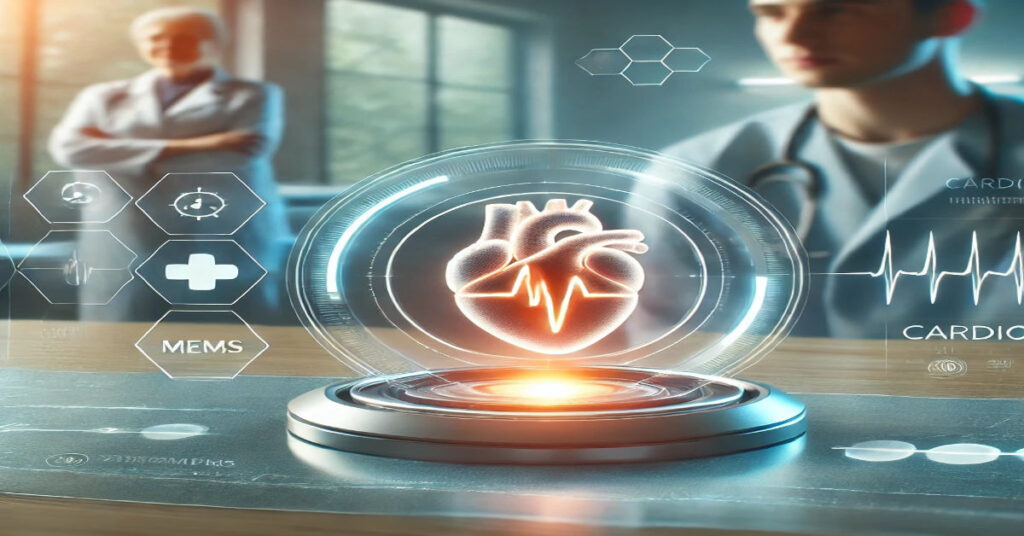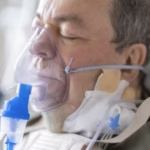The landscape of healthcare is continuously evolving with new technologies offering unprecedented capabilities for managing chronic conditions. Among these advancements, the CardioMEMS HF System stands out as a game-changer in the field of cardiology. Designed to enhance heart failure management, this innovative system provides real-time data to physicians, enabling proactive and personalized treatment strategies.
In this article, we will delve into what the CardioMEMS system is, how it works, its benefits, and the broader implications for patient care. Whether you’re a medical professional, a patient, or simply curious about cutting-edge medical technologies, this comprehensive guide will shed light on everything you need to know about CardioMEMS.
Understanding CardioMEMS
What Is CardioMEMS?
The CardioMEMS™ HF System is an implantable medical device specifically designed to monitor heart failure patients by measuring critical parameters such as heart rate and pulmonary artery pressures (systolic, diastolic, and mean). Unlike traditional monitoring methods, CardioMEMS provides continuous, real-time data, offering significant advantages for early detection and intervention.
This revolutionary system is battery-free and works seamlessly with a bedside electronics unit to wirelessly collect and transmit data to healthcare providers via an online portal.
Why Is It Important?
Heart failure is a prevalent and life-threatening condition affecting millions worldwide. Early detection and proactive management are critical for improving outcomes and reducing hospitalizations. CardioMEMS empowers physicians with timely insights, enabling adjustments to treatment plans before symptoms worsen.
How CardioMEMS Works
Implantable Sensor
The CardioMEMS sensor is implanted into the pulmonary artery using a minimally invasive catheter-based procedure. This small, battery-free device continuously measures pressure changes, which are indicative of worsening heart failure.
Data Transmission
Once the sensor is in place, it wirelessly transmits data to a bedside electronics unit. The unit not only powers the implant but also collects and uploads data to a secure online portal accessible to the patient’s care team.
Online Monitoring
The transmitted data includes heart rate and pulmonary artery pressure readings, which physicians can review remotely. This real-time monitoring allows healthcare providers to detect early signs of decompensation and intervene promptly.
Key Features of the CardioMEMS HF System
- Battery-Free Operation
The sensor is powered wirelessly, eliminating the need for battery replacements or maintenance. - Minimally Invasive Procedure
Implantation is performed via catheterization, a low-risk and quick procedure that requires minimal recovery time. - Real-Time Monitoring
The system continuously measures critical parameters, offering unparalleled accuracy and immediacy. - Remote Access for Physicians
Data is transmitted to an online portal, enabling physicians to monitor patients without requiring frequent office visits. - Customizable Alerts
Physicians can set specific thresholds for alerts, ensuring timely interventions when necessary.
Benefits of CardioMEMS for Patients and Physicians
For Patients
- Improved Quality of Life: By detecting early signs of heart failure exacerbation, CardioMEMS helps avoid hospitalizations and allows patients to maintain a stable condition.
- Convenience: With remote monitoring, patients can reduce the frequency of in-person visits, saving time and effort.
- Increased Confidence: Knowing their condition is continuously monitored provides peace of mind to heart failure patients.
For Physicians
- Enhanced Decision-Making: Real-time data enables more informed treatment decisions, ensuring better patient outcomes.
- Proactive Management: Physicians can adjust medications or recommend lifestyle changes based on the data collected, often before symptoms appear.
- Reduced Readmissions: Early intervention can prevent complications, reducing the likelihood of costly hospital readmissions.
Applications of CardioMEMS
Chronic Heart Failure Management
CardioMEMS is primarily used to monitor patients with chronic heart failure, particularly those classified as NYHA Class III (moderate heart failure) who are at a higher risk of hospitalization.
Post-Hospitalization Monitoring
For patients recently discharged after heart failure treatment, CardioMEMS provides an additional layer of monitoring, reducing the risk of rehospitalization.
Research and Clinical Trials
The system has also been instrumental in advancing research in heart failure management, offering valuable insights into patient outcomes and treatment efficacy.
The Future of CardioMEMS and Remote Monitoring
Integration with Artificial Intelligence
As healthcare moves towards data-driven solutions, the integration of AI with systems like CardioMEMS could enhance predictive analytics, offering even earlier warnings of potential issues.
Broader Applications
While currently focused on heart failure, the principles behind CardioMEMS could be applied to other chronic conditions requiring continuous monitoring.
Accessibility and Affordability
As adoption grows, efforts are underway to make CardioMEMS more accessible and affordable for patients worldwide.
How to Get Started with CardioMEMS
Eligibility
CardioMEMS is typically recommended for patients with:
- NYHA Class III heart failure.
- A history of frequent hospitalizations due to heart failure.
- The ability to use the associated technology for monitoring.
Consultation
Patients interested in CardioMEMS should consult their cardiologist to determine if they are suitable candidates.
Implantation Procedure
The implantation is performed as an outpatient procedure, requiring minimal recovery time.
Conclusion
The CardioMEMS™ HF System is a groundbreaking solution in the fight against heart failure, offering real-time monitoring, early intervention, and improved quality of life for patients. By empowering physicians with critical data and reducing the burden of hospital readmissions, this innovative technology is transforming the way heart failure is managed.
As remote monitoring technologies like CardioMEMS continue to evolve, the future of healthcare looks increasingly promising, with a focus on personalized, proactive, and patient-centered care. Whether you’re a patient or a healthcare provider, exploring the possibilities of CardioMEMS could be a life-changing step forward in managing heart failure.
FAQs
1. What is the CardioMEMS HF System?
The CardioMEMS HF System is an implantable device that monitors heart failure by measuring pulmonary artery pressures and heart rate.
2. Is the CardioMEMS sensor safe?
Yes, the CardioMEMS sensor is FDA-approved and has undergone rigorous testing for safety and efficacy.
3. How long does the implantation procedure take?
The implantation procedure is minimally invasive and typically takes less than an hour.
4. Can I travel with the CardioMEMS system?
Yes, the CardioMEM’S system is portable and designed to accommodate an active lifestyle.
5. Does insurance cover the CardioMEM’S HF System?
Many insurance providers, including Medicare, cover CardioMEM’S for eligible patients. It’s best to check with your insurer for specific details.
6. How often do I need to transmit data?
Data is typically transmitted daily or as directed by your healthcare provider.







